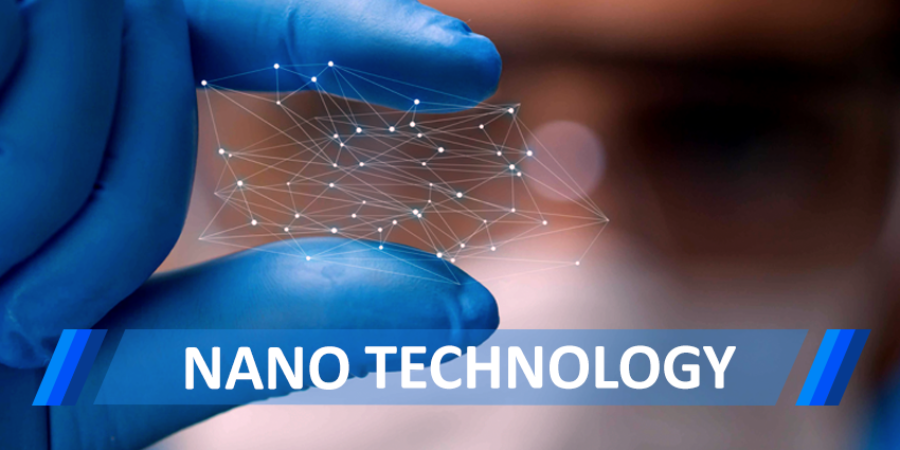

Nanotechnology, often referred to as the science of the small, has revolutionized numerous fields, from medicine to electronics, by manipulating materials at the nanoscale level. With applications ranging from drug delivery systems to efficient energy storage devices, nanotechnology has significantly impacted our lives and continues to hold immense potential for the future. In this essay, we will delve into the world of nanotechnology, exploring its key concepts, applications, and potential implications.
At its core, nanotechnology deals with structures and materials at the nanometer scale, which is roughly 1 to 100 nanometers in size. To put this into perspective, a nanometer is one billionth of a meter, making it incredibly tiny. At such scales, materials exhibit unique properties that differ from their bulk counterparts. For instance, nanoparticles often have a high surface area to volume ratio, increased reactivity, and enhanced mechanical, electrical, or optical properties.
One of the most prominent applications of nanotechnology is in the field of medicine. Nanoparticles can be engineered to deliver drugs directly to specific cells or tissues, improving treatment efficacy while minimizing side effects. This targeted drug delivery approach has revolutionized cancer treatment, allowing for more precise and personalized therapies. Additionally, nanotechnology plays a crucial role in diagnostics, with nanosensors capable of detecting biomarkers for early disease diagnosis.
In the realm of electronics and computing, nanotechnology has paved the way for smaller, faster, and more energy-efficient devices. Nanoscale materials such as carbon nanotubes and graphene exhibit exceptional electrical properties, making them ideal candidates for next-generation transistors and batteries. These advancements not only enhance device performance but also contribute to reducing energy consumption and environmental impact.
Moreover, nanotechnology has found applications in environmental remediation and sustainable energy solutions. Nanomaterials can be used to purify water by removing contaminants or to catalyze reactions for cleaner energy production, such as in fuel cells or solar panels. The development of nanocomposites has also led to lightweight yet strong materials for aerospace and automotive industries, contributing to fuel efficiency and reducing carbon emissions.
While nanotechnology offers promising benefits, it also raises ethical, environmental, and safety concerns. The potential risks associated with engineered nanoparticles, such as toxicity and environmental impact, require thorough assessment and regulation. Additionally, the equitable distribution of nanotechnological advancements and addressing potential socioeconomic disparities are important considerations for ensuring responsible and inclusive development.
In conclusion, nanotechnology represents a groundbreaking field with diverse applications and transformative potential across various sectors. Its ability to manipulate matter at the nanoscale opens up new possibilities for innovation and addresses complex challenges facing humanity. As research and development in nanotechnology continue to progress, it is essential to navigate the opportunities and challenges with a balanced approach, prioritizing sustainability, safety, and ethical considerations for a brighter future.
